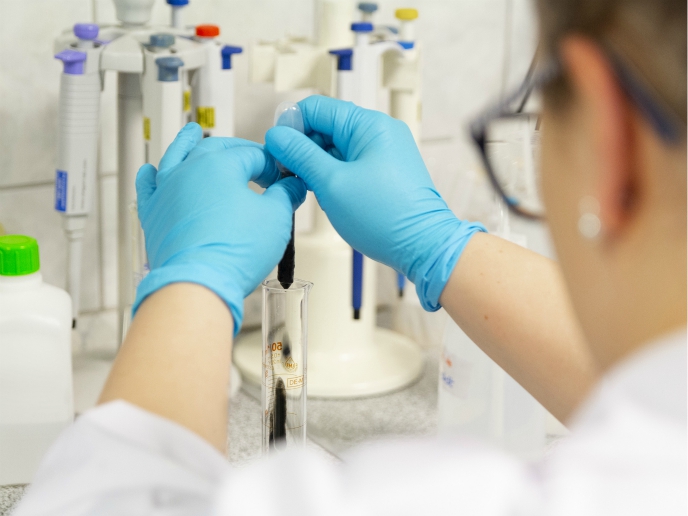Ultrasound cleaning improves membrane efficiency
Agricultural industries such as brewing and food processing require enormous amounts of water which become contaminated with organic matter. This material is contained in wastewater, requiring biological treatment at a water treatment plant before being discharged into large settlement tanks. By replacing the use of tanks with a Membrane biological reactor (MBR) system, the concentration of dry material can be increased. The material can then be reused in the form of fertiliser and soil conditioner. The use of membrane technology also increases the concentration of beneficial micro-organisms which help boost the cleaning ability of the system. The drawback to MBR is that its effectiveness is reduced through scaling and the build-up of unwanted matter. The result is that large quantities of chemicals and considerable time and effort are required to clean and maintain these membranes. The Agroiwatech project investigated the use of US for cleaning membranes while still in the system to improve their efficiency. This technology has a lower environmental impact than conventional techniques because it uses fewer chemicals and less energy. The consortium studied different membranes with test substances at different US frequencies to determine the flux rate compared to pressure. Researchers selected one membrane in particular for further study, subjecting it to US at a frequency of 15.5\;KHz. Results showed that US did not damage the membrane and improved the flux rate. However, after nine hours the membrane surface required cleaning in the conventional way. Following these initial tests researchers built small modules and an MBR system for further study. Wastewater was treated with activated sludge and filtered using the membrane module. Activated sludge is wastewater containing air and micro-organisms causing the aggregation of organic matter. Following this dual treatment both the organic and ammonia content were significantly reduced, giving a much more efficient result than using the membrane alone. Cost-effective recovery of potentially useful resources from wastewater constitutes an extra bonus in the bid to clean up Europe's heavily polluted waterways. Fertiliser and biogas fuel produced with a low energy bill will almost certainly prove to be very attractive possibilities for the direction of agro-industry.







